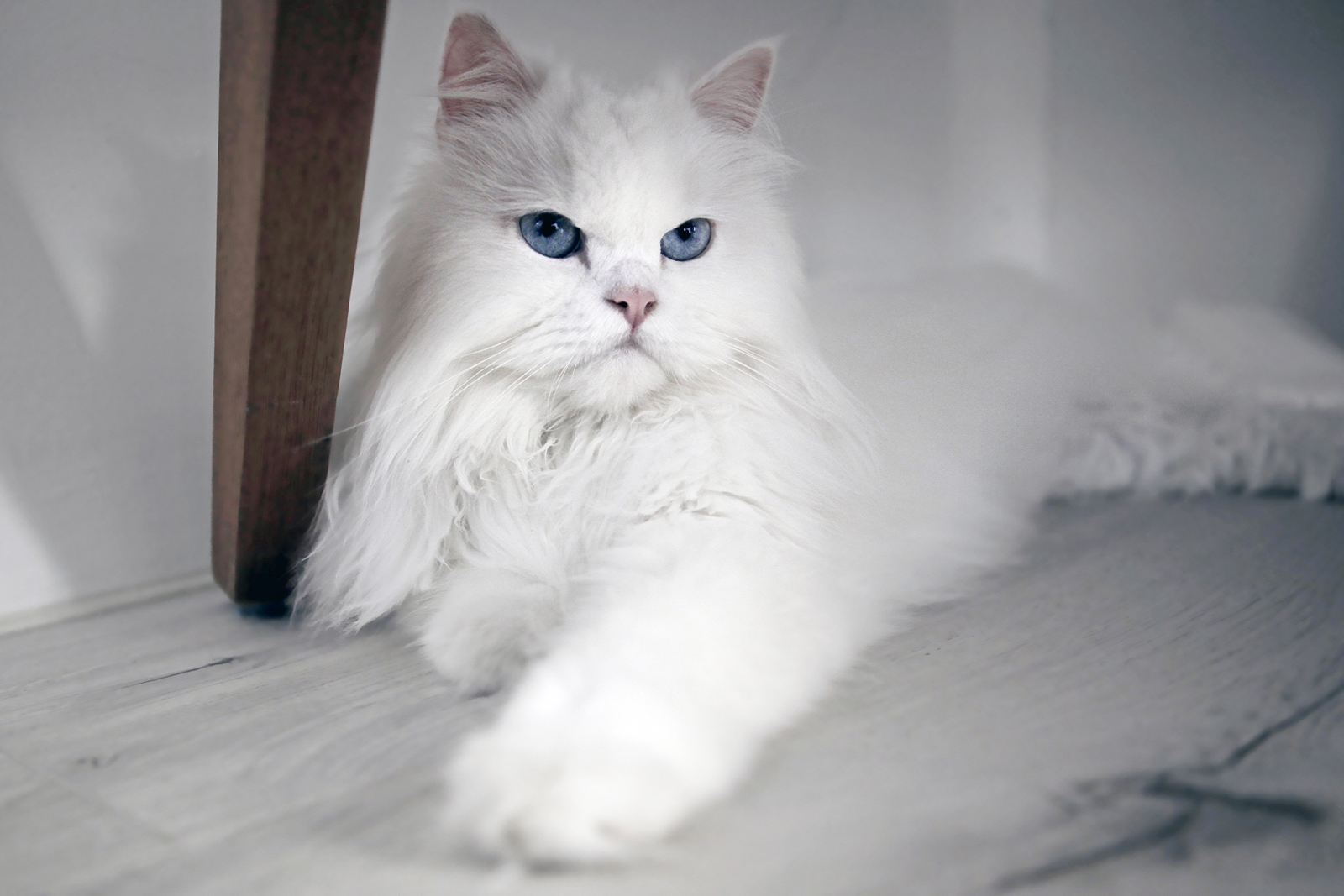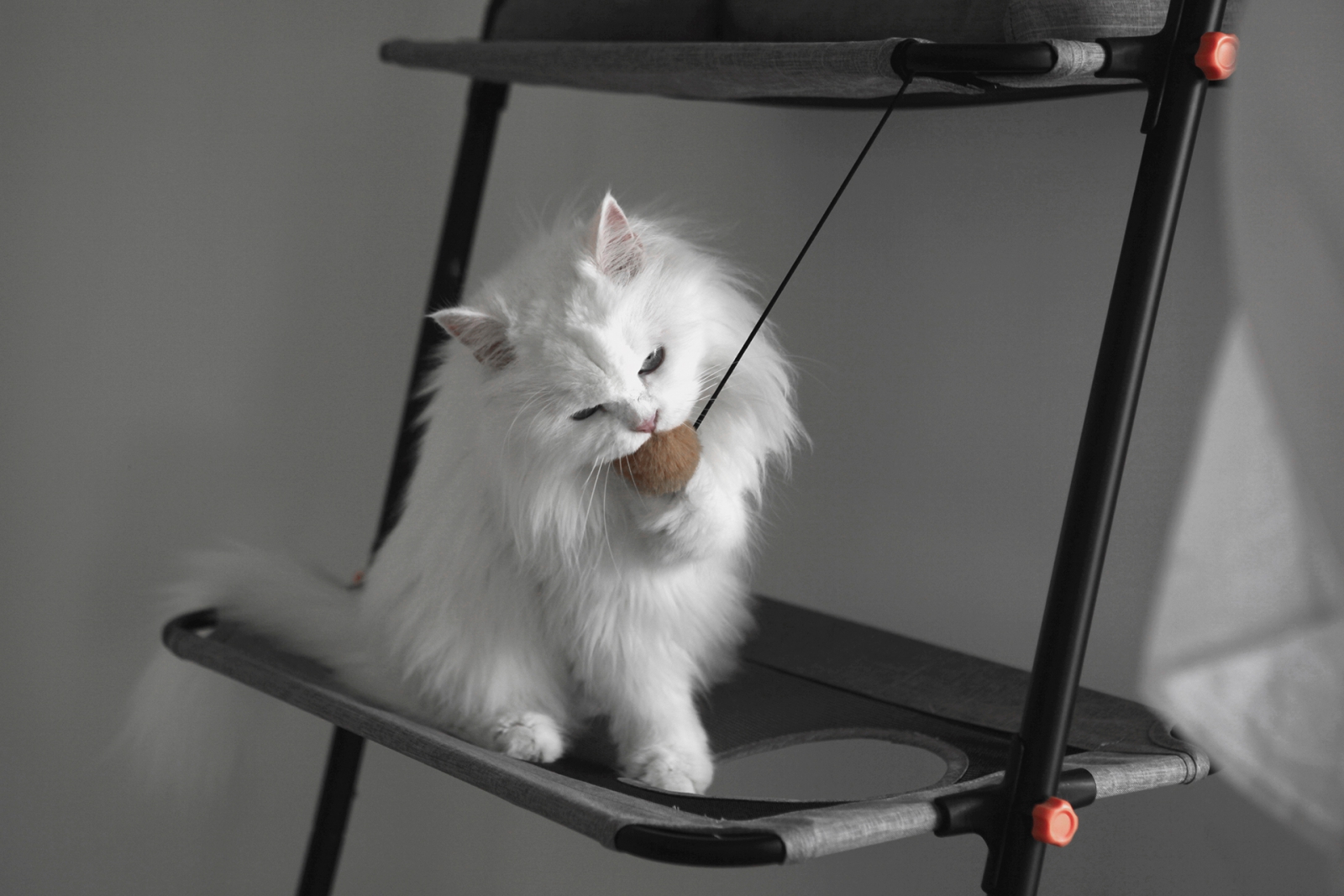Pet Safety: Creating a Safe Environment for Your Cat at Home
In today's world, where living spaces are becoming more refined and family structures simpler, an increasing number of people are choosing to keep pets at home. Among these, cats have become one of the most popular choices in recent years. Many people who want to keep cats often encounter the same questions: How much space does a cat need? How can we create a home environment that's suitable for a cat's lifestyle?

To understand how much space is needed to keep a cat, it's important to recognize that the required space isn't as large as one might imagine. What's more crucial is proper planning to ensure both the cat and the humans can comfortably share a happy life together.
The space required to keep a cat depends on the cat's activity range. As long as there's no overcrowding between humans and cats, both parties can move around comfortably. Cats are more concerned about their environment, which includes the arrangement of cat supplies, the cat's activity and resting areas, and the pathways for exercise and play.

Safety Concerns
The most important aspect of pet ownership is ensuring safety. Cat owners should first secure doors, windows, and balconies to prevent curious cats from wandering off or accidentally falling. Additionally, consider the cat's natural inclination to jump up and down; ensure that home decor and furniture arrangements do not obstruct their movement or pose safety hazards.
Vertical Space
Cats are three-dimensional creatures, preferring vertical spaces over flat surfaces. Providing opportunities for climbing and jumping is crucial. Cats enjoy perching in high places, such as tables, shelves, or cat trees. Safely increasing vertical space not only satisfies their natural behaviors but also offers opportunities for exercise and relaxation.
Area Layout
Cats tend to establish their own living areas. It's essential to separate various functional zones. For example, litter boxes should be placed away from feeding areas. By segregating these areas, cats won't avoid using the litter box just because they're eating nearby. After all, humans wouldn't enjoy dining in the restroom either!

Storing Hazardous Items
Cats are naturally curious creatures and are attracted to anything that catches their eye. If not properly stored, household items can be damaged, or, in more serious cases, pose a danger to cats if ingested.
Here are common items that cats may mistakenly ingest:
- Sewing needles, pins
- Threads
- Cotton swabs, toothpicks
- Rubber bands, hair ties, plastic bags
- Puzzle pieces, yoga mats, sponge products
- Plants, dried flowers
- Perfumes, essential oils
- Insecticides, cleaning agents
Once you have covered the essential conditions mentioned above, the next step is to add enrichment to satisfy your cat's needs for rest, entertainment, and more. Increasing environmental enrichment can significantly reduce the likelihood of behavioral issues in cats, such as restlessness, over-grooming, overeating, or loss of appetite.
If space allows, consider providing a cat tree for your cat. This serves as a territorial symbol within your home, offering a perch or shelter for your cat. It also fulfills their essential need for vertical space.
Additionally, create a cozy window perch area. Just as humans enjoy watching TV, the view outside the window serves as entertainment for cats. With proper safety measures in place, creating a window perch area is highly recommended.
Raising a cat requires diligent preparation. Understanding each other in the process of human-cat interaction is essential. By remembering the points above and gradually adjusting to your cat's habits, you can create the safest and most comfortable home environment for you and your cat!